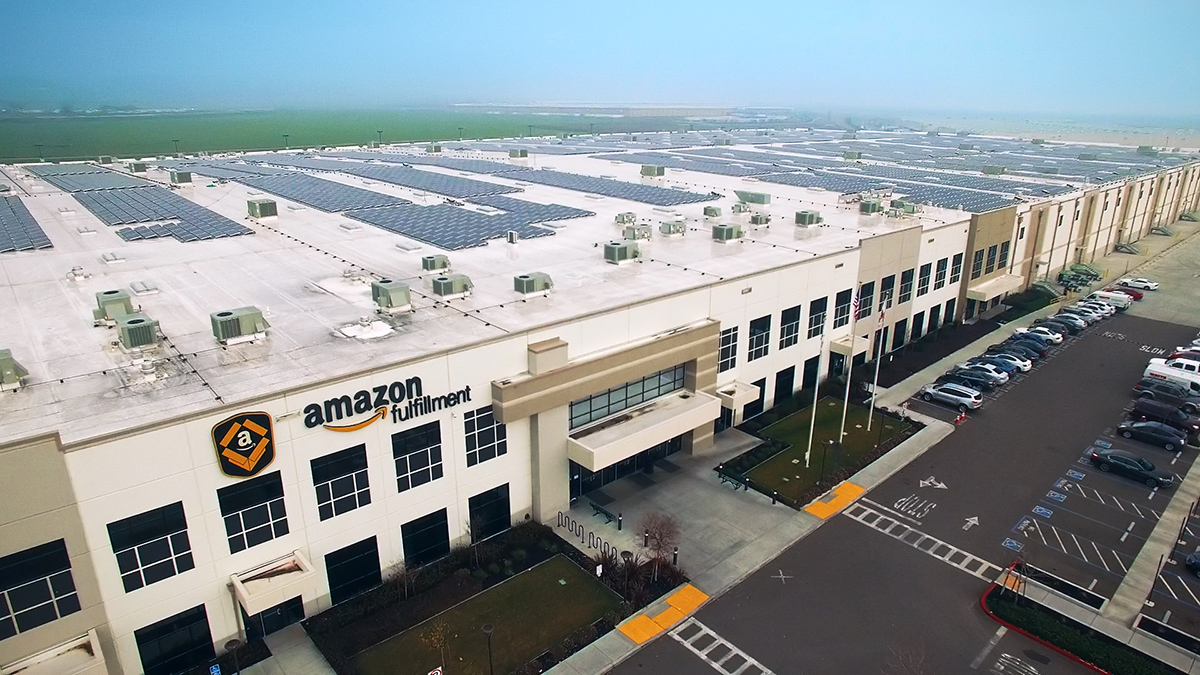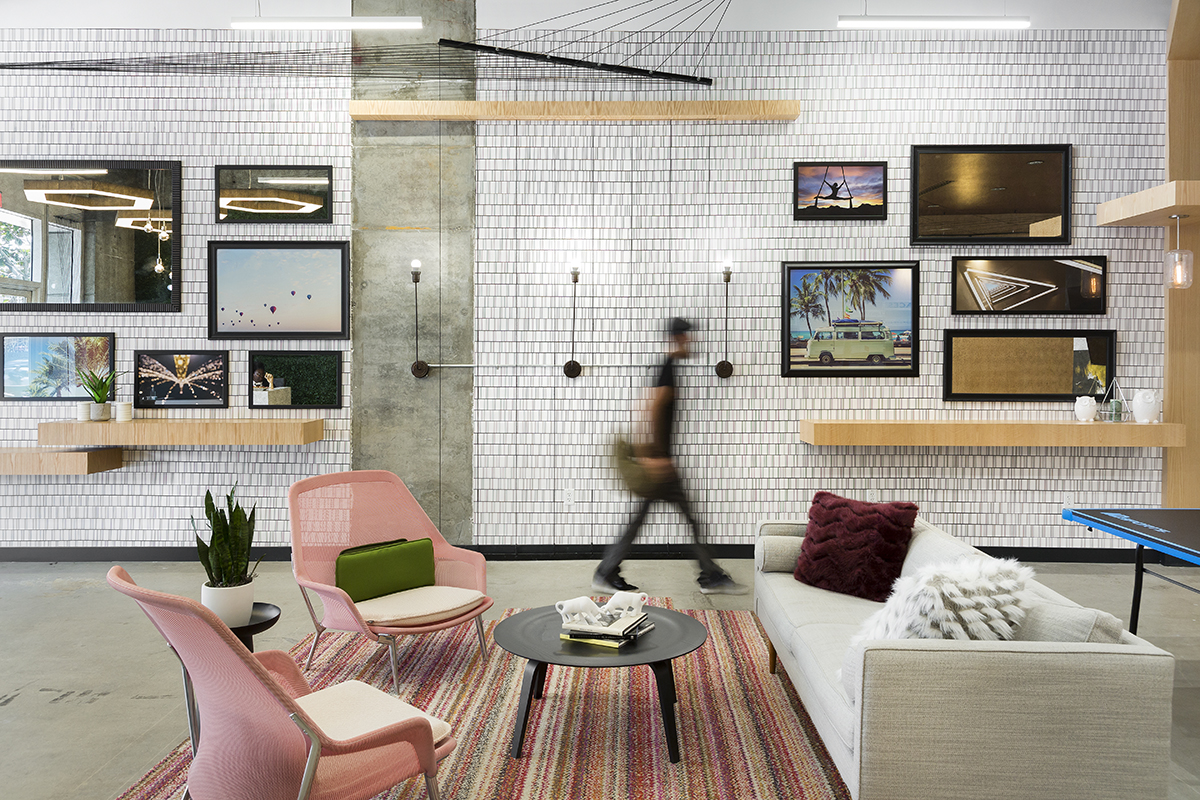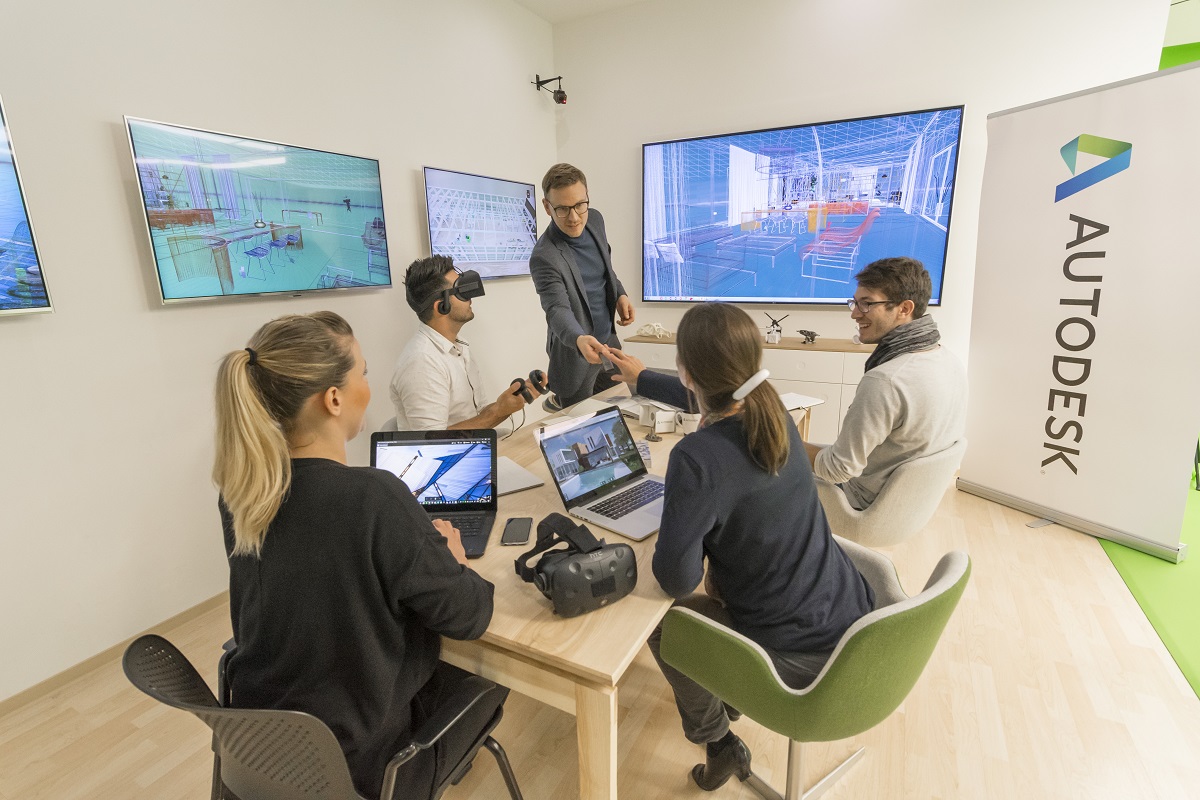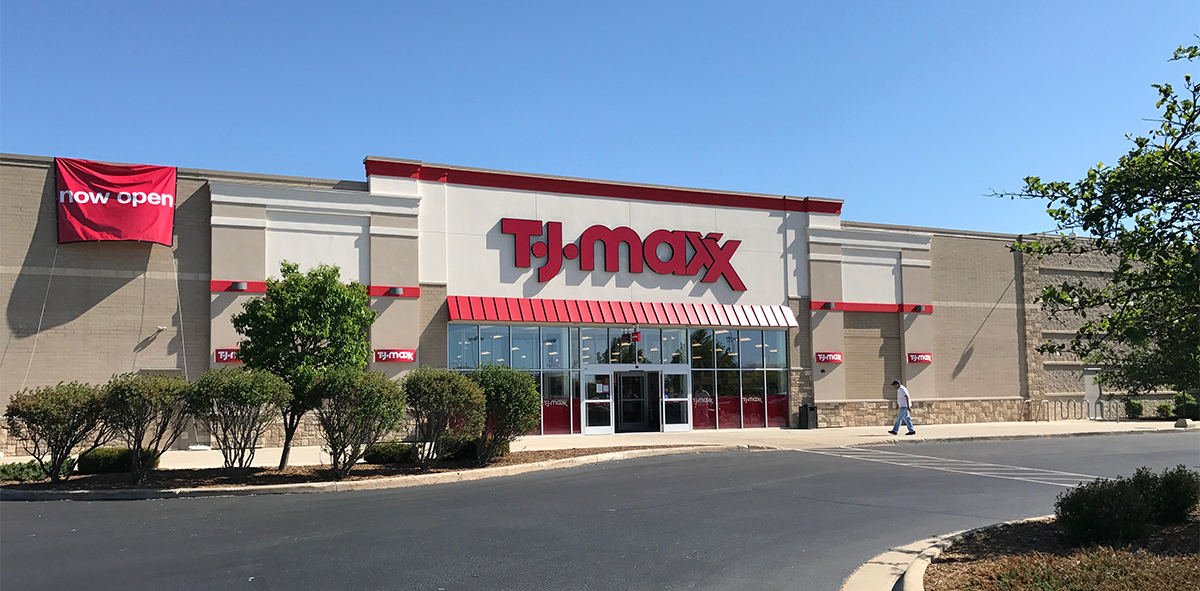CRE Mega-Trends for 2020 and Beyond
CPE and MHN identify a number of the forces that will sustain and stimulate commercial real estate occupancy during the next few years.
The last decade brought sweeping changes to the real estate industry-from the spread of coworking to an epidemic of department store closure. If anything, the pace of disruption seems poised to accelerate in the years ahead, as improvements in technology and shifting demographic patterns continue to transform the way we live, work and shop.
Yogi Berra wisely observed “It’s tough to make predictions, especially about the future.” Nevertheless, a look at some of the key trends reshaping commercial property today can give us clues about what’s in store for the built environment over the coming decade.

Transit-oriented development can help relieve pressure on the housing supply in booming Sun Belt cities such as Austin, Texas, which leads the nation’s metropolitan areas for population growth. Image by typhoonski/iStockphoto.com
A Plethora of People
It’s now a cliché to point out that around 10,000 people turn 65 every day in the U.S. But demographics encompasses much more than an aging population and that’s good news for real estate.
Unlike Europe, whose population is projected to peak in 2021, and Japan, which is already shrinking, the U.S. will experience population growth of 6.8 percent from 2020 to 2030, according to data cited by the Brookings Institution. This generates a wide range of opportunities for commercial real estate, extending beyond aging-related themes, such as senior housing and specialized health care, to burgeoningasset classes like coworking and co-living, and transit-oriented development.
The U.S. Sunbelt will account for an outsize share of these opportunities as the region is projected to add 19 million people over the next decade vs. non-Sunbelt states, which will grow by only 3 million people, according to data from Moody’s Analytics. The creation of walkable urban communities centered around train systems remains popular in fast-growing metro areas–from Denver to Austin, Texas– that attract skilled workforces. In Downtown Los Angles, access to the city’s expanding Metro rail network is expected to help drive population growth of 20 percent by 2024, according to JLL.
“We’ve seen close to $15 or $20 billion of new real estate development across L.A. in the last five years,” said Indraneel Karlekar, global head of Research and Strategy at Principal Real Estate Investors. “Immediate and massive influx of capital as a result of infrastructure.”

Double-digit growth in online shopping is fueling demand for huge industrial facilities. Ecommerce titan Amazon runs more than 110 fulfillment centers in North America, some of which ship more than one million items per day during holiday rushes. Image courtesy of Amazon
The Rise and Rise of E-commerce
U.S. consumers are projected to spend some $587 billion on e-commerce in 2019–up 14 percent over the previous year, according to a report by eMarketer. Despite accounting for 45 percent of retail growth, online shopping still represents only 10.7 percent of total U.S. retail spending. Compare this to South Korea, where e-commerce penetration is 22.2 percent and growing.
“E-commerce is really a significant shift in consumer preferences,” commented Brian Tilton, who serves as Managing Director and portfolio manager responsible for the U.S. Cities Industrial Strategy at Nuveen, during a roundtable discussion. “I think that’s in the very early stages.”
The growing appetite for delivery of everything from shoes to fresh produce is driving transformation in the logistics and warehousing sector, as retailers scramble to whisk products to customers in record time. “Companies are just now starting to figure out their supply chains,” Tilton added, noting that even e-commerce behemoth Amazon is still working on optimizing its model. “There’s so much capital that’s going to need to be spent on supply chain modernization. That’s going to create a secular shift of demand for industrial.”

The proliferation of coworking seems unstoppable. The Instant Group projects that the U.S. will have 10,000 flexible workplaces by 2023, up from more than 5,300 today. Pictured here is a Spaces location in Menlo Park, Calif. Image courtesy of Spaces
Modern Life Demands Flexibility
WeWork’s attempted IPO is history, but the flexible office concept is here to stay. Just ask the world’s largest flexible workspace operator, IWG plc, which has more than 3,500 locations around the globe. Best known for its Regus-serviced office brand and its coworking concept Spaces, IWG launched 156 new locations around the world in just the first half of 2019. A recent report by The Instant Group found that flexible space represented 5 percent of overall office space in the 18 global cities surveyed, with supply increasing by an average of 16 percent over the past year. The proliferation of coworking in urban markets from New York to Beijing comes as people crave more flexibility and fluidity in how they use real estate.
“Our view is that the way people work, live, play and stay has changed,” commented Scott Rechler, CEO and Chairman of RXR Realty at a recent MIPIM summit in Manhattan. “People used to work 9 to 5 and now they work 5 to 9, and there’s a merger of home and work life…Creating a sense of community– engaging people to come out of their offices and be a part of something bigger, and creating programming and amenities and things that make people feel that they have personal interactions during the day is critical.”

Cutting-edge technology puts more complex real estate projects on the table and allows design problems to be spotted in the virtual realm before they can cause towering headaches. Autodesk Gallery San Francisco. Image courtesy of Autodesk
Welcome to the Matrix
Virtual reality is poised to disrupt the commercial real estate industry in the coming years by allowing construction and design professionals to visualize problems that they couldn’t otherwise see, enabling design changes to be tested in the digital realm and avoiding many of the on-site blunders that necessitate costly re-dos. The technology, which provides dynamic, interactive 3D renderings of projects, may also make it possible to bring more complex projects to fruition. At Ohio-based SHP Leading Design,
“Everything is basically coming out of Autodesk Revit and Enscape as a virtual model long before it’s built,” noted Brady Mick, director of Strategic Design/Workplace for Ohio-based SHP Leading Design. “And we can do that as early as what we call schematic design. Way before design and budgeting, we can schematic design these places in three dimensions and you can put your goggles on and go experience them.”
There’s plenty of room for adoption. According to a 2019 survey by Deloitte, one-third of CRE executives around the world currently use any digital reality technologies—a category that includes augmented reality, virtual reality, mixed reality and other immersive technology.

America is over-retailed in apparel and department stores, but most brick-and-mortar segments are doing well, and value-oriented retailers such as Dollar General and T.J. Maxx are thriving. Image courtesy of Michael Steeber via Flickr
Brick and Mortar Still Matters
Notwithstanding a drumbeat of negative news about major retail chains closing up shop, a close look at the data suggests that physical stores are as vital as ever. In fact, a recent report by consultancy IHL Group estimates that retailers will announce 2,965 more openings for 2019 than closings. But not all retail segments are created equal. America’s consumer market is polarizing, fueling demand for both necessity retailers, such as T.J.Maxx, and premium retailers, including Apple and Tesla, which have seen their revenues surge in recent years. In terms of sales, apparel and electronics/appliances stores are struggling, while restaurants, grocery and drug stores and mass merchants are seeing steady growth.
“The demand for stores continues to be very strong in the top 20 metro markets where our portfolio is concentrated,” said Conor Flynn, CEO of Kimco Realty, which owns interests in 420 U.S. shopping centers totaling 74 million square feet of leasable space. Flynn pointed out that both occupancy and anchor occupancy are at an all-time high in the firm’s collection of properties. “Retailers are starting to rethink how valuable the store network is to their offering.”







You must be logged in to post a comment.